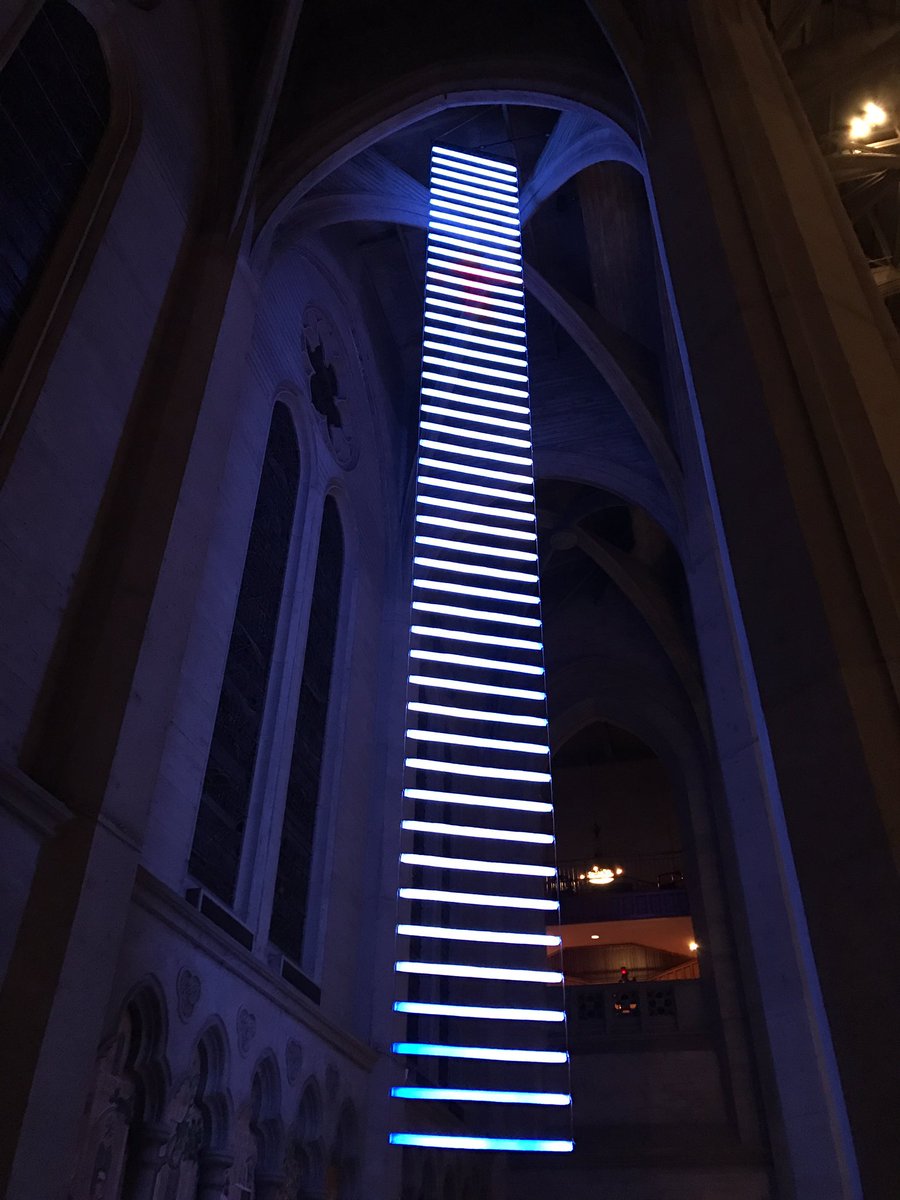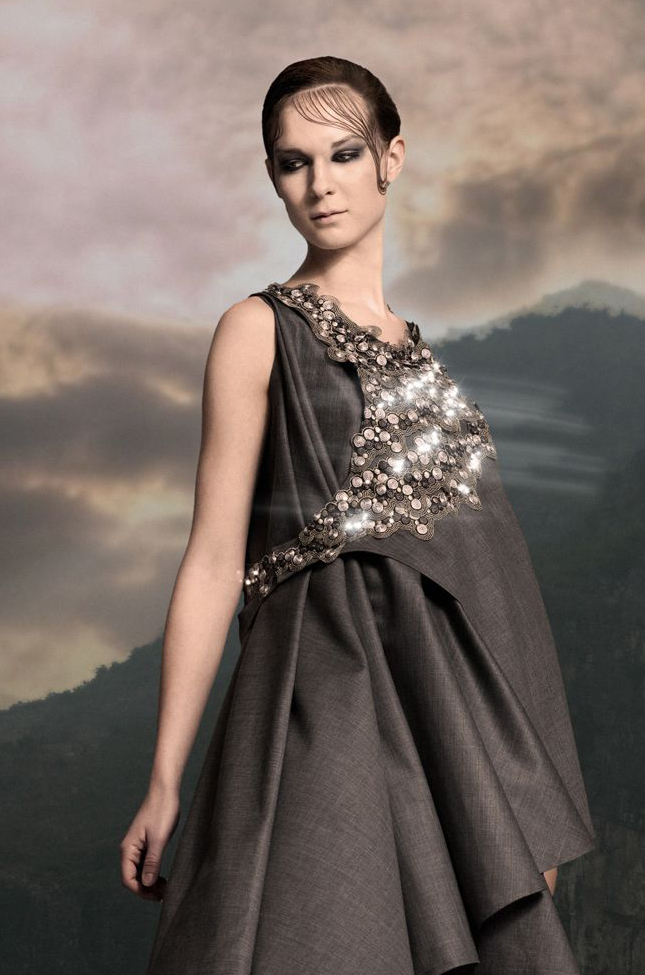
Zheng Da
A linguagem irrestrita das máquinas
O hipercubo tem 3 metros de comprimento e consiste em uma faixa de LED personalizada de 168 metros, incluindo 22.848 LEDs. Uma vez que o contato dos participantes. O batimento cardíaco será capturado pelo dispositivo de iluminação, que mudará a animação da luz. O ritmo do batimento cardíaco humano é visualizado pela máquina. A máquina engolfa os traços físicos dos seres humanos que se dissipam. Na verdade, essa experiência ocorre a cada momento da vida cotidiana. As animações de luz e som também estão vinculadas aos dados meteorológicos locais, formando a sociedade do espetáculo pós-humano. A máquina respira e a natureza reage.








